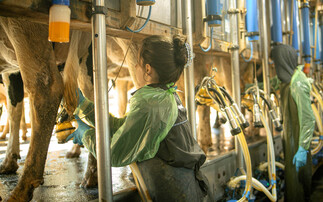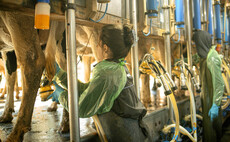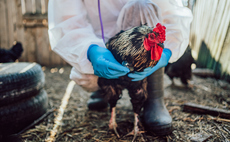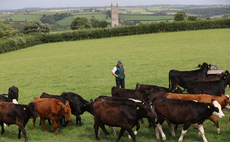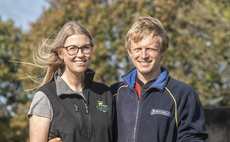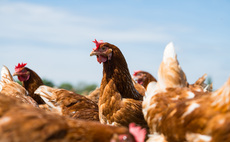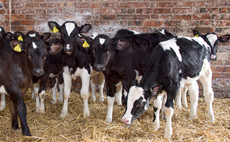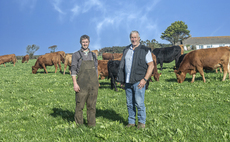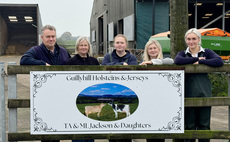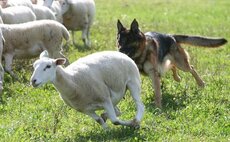
Professor Eric Morgan, Queen's University Belfast
Professor Eric Morgan, a veterinary parasitologist at Queen's University Belfast, urges farmers not to delay. "Think about strategies in place for this year," he advises, "and consider what could be done differently next year, and why, because this can help improve outcomes for youngstock, and protect the effectiveness of wormer treatments."
Understanding the Worm Challenge
Cattle become infected with gutworms, such as Ostertagia ostertagi and Cooperia species, by ingesting infective larvae from pasture. As the season progresses, larvae hatch from eggs in dung and migrate onto grass. Once consumed, they invade the gut lining, causing damage and poor performance.
Moderate numbers of larvae are often well tolerated, but a high intake can result in scouring and poor growth," says Professor Morgan.
Pasture contamination intensifies through the season. Calves, particularly first-season grazers, are especially vulnerable as they pick up larvae from previously grazed fields. "Larval levels typically become a risk to cattle health and growth by mid-summer," explains Professor Morgan.
Assessing Control Measures Mid-Season
ÌýBy midsummer, it becomes clear whether early worming strategies have paid off. "Strong early egg suppression means less concern from mid-summer onwards," Professor Morgan points out.
ÌýHe notes that techniques like strip grazing, moving to silage aftermath, or operating at low stocking densities can help maintain a lower worm burden. But he also warns: "If early worming is inadequate or ineffective and the weather is favourable for larval development, pastures will become heavily contaminated and remain so for the rest of the season."
ÌýWhere treatments have worn off but cattle remain on contaminated pasture, additional worming may be needed.
Lungworm Risk Peaks in Late Summer to Autumn
Cases of lungworm also tend to surge in late summer to early autumn, although they can occur at other times too, and have been known to occur later into autumn during warm weather. Professor Morgan advises prompt veterinary attention for any unvaccinated calves that start coughing, especially on farms with a known history of lungworm.
Planning for Housing Treatments
With housing just around the corner, Professor Morgan recommends carrying out a risk assessment, even an informed estimate, of the calves' exposure to larvae.
In low-risk, low-larval load situations it may not be necessary to treat at all," he explains. "However, if larval intake is likely to have been high, particularly late in the season, a treatment with a wormer that's licensed to kill immature gutworm is recommended."
This reduces the chance of Type 2 disease, which can be fatal, by preventing larvae from hibernating in the gut wall and re-emerging later. Housing treatments also help to limit contamination of spring pastures.
But he warns of a potential downside: "Calves treated at housing should ideally be turned out the next year onto pastures that have some pre-existing larval populations from untreated animals. Otherwise, any survivors of the housing treatment will proliferate without cross-breeding and wormer resistance could establish more quickly."
Building Immunity - Not Just Controlling Worms
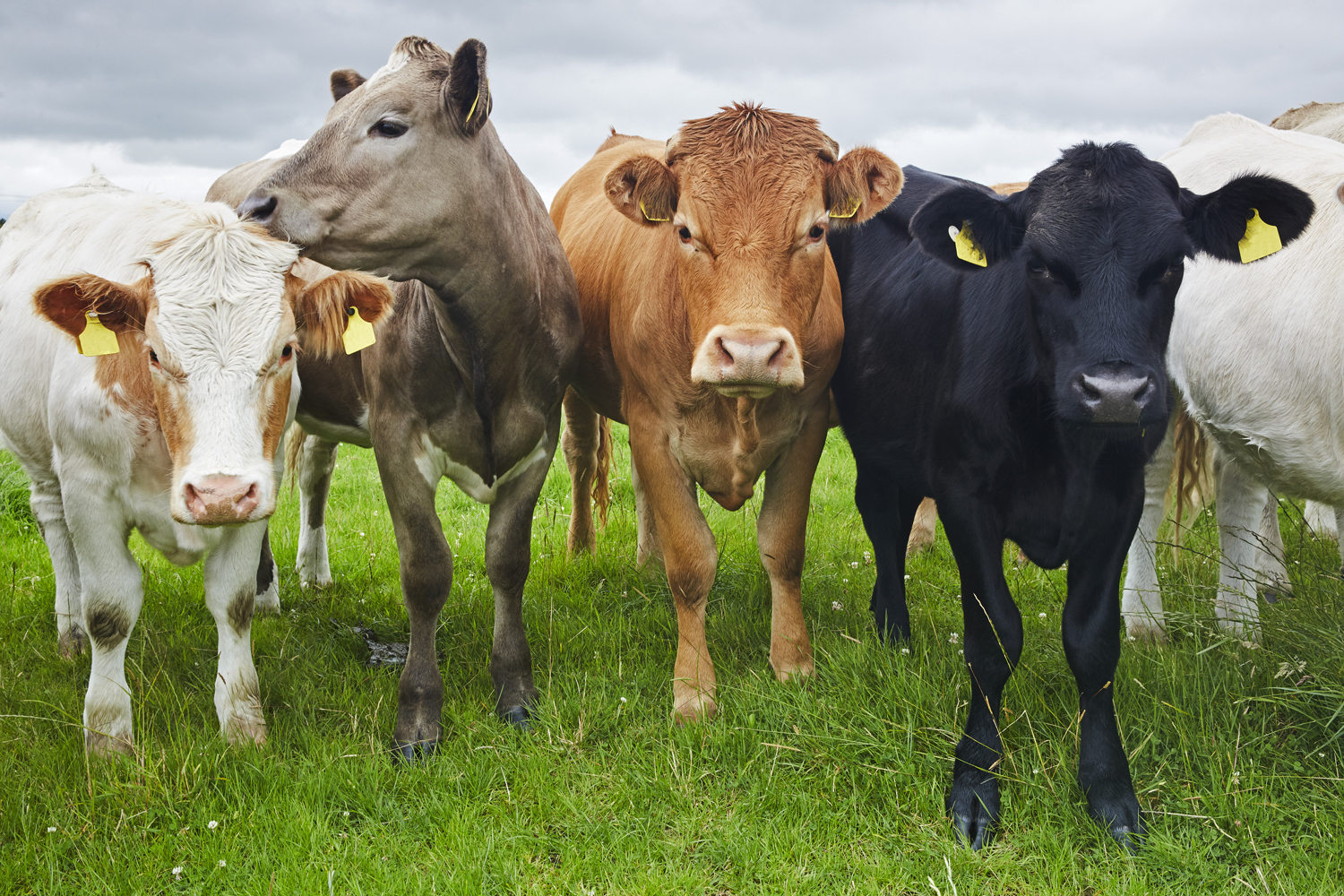
A balanced approach to roundworm exposure is key. "There is a happy medium to be found for roundworm exposure in youngstock," Professor Morgan explains. "Just the right amount will fall short of levels that impact health and growth rates, but will help animals to build up immunity."
He adds that allowing some worms to survive treatment can slow the development of resistance. "Worms surviving treatment will then breed with those that have not been exposed to antiparasitic drugs, and resistant strains will not take over as quickly."
Reducing early-season wormer use also benefits dung beetles and other insects. "Treating more than needed will reduce these benefits," says Professor Morgan, "while not treating enough brings risks to calf health."
Tools for Monitoring
Faecal egg counts (FECs) can be used to assess worm burdens early in the season, allowing farmers to delay treatment until necessary. Samples can be taken without handling cattle, simply by collecting fresh dung from several animals across the group.
There is no magic number of eggs per gramme at which treatment is recommended," he explains, "since this will depend on factors such as stocking rate and grazing management."
However, later in the season, egg counts may lose reliability due to developing immunity in older youngstock. Here, egg counts may show as low even if pasture contamination remains a risk for younger calves.
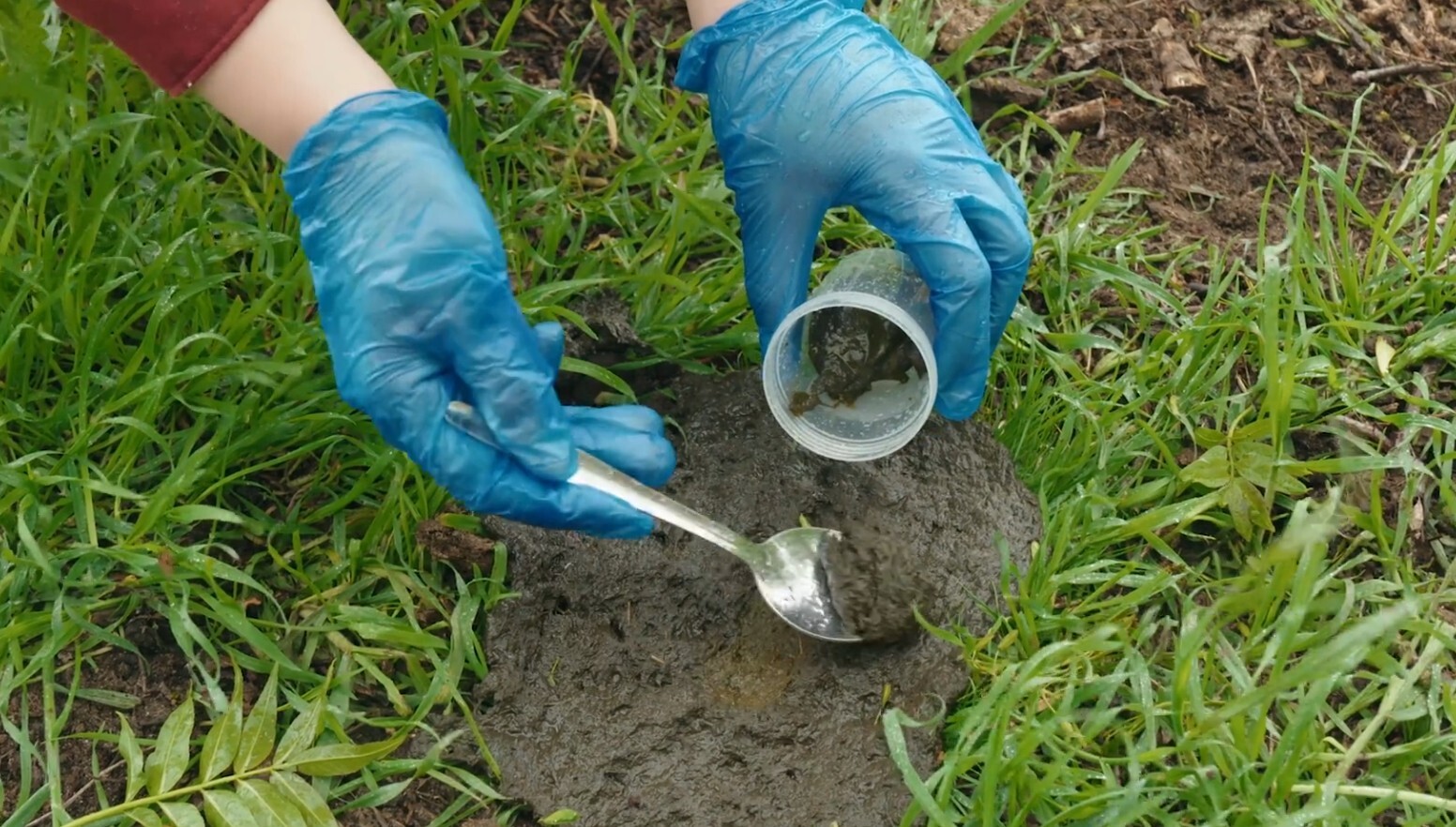
Blood testing for plasma pepsinogen around housing time is another valuable tool that your vet can use to aid decisions. "The ideal range for young animals gaining immunity is 1.5-2.5 IUTyr/L. Above this, the gutworm burden is likely impacting performance and a housing treatment is recommended," says Professor Morgan.
Treating at housing also reduces egg shed at turnout in the spring, thereby helping to protect first-season grazers the following year.
But if values are below this range, exposure has probably been too low. "Youngstock with low pepsinogen levels may not have developed good immunity over their first season, so care is needed during their next grazing season," he adds.
Making Adjustments for Long-Term Gains
"Making changes to a system that has proven itself in the past is a big ask," Professor Morgan acknowledges, "but wormer effectiveness is declining and producers who embrace new approaches will be more adaptable to future challenges."
Your vet or local animal health adviser will be able to help you review your worming protocols and support with testing and treatment advice, based on the specific situation on your farm.
Visit for more information about worming and a range of effective treatments.
Ìý
Ìý
An educational service from Boehringer Ingelheim Animal Health UK Ltd. Further information available from Boehringer Ingelheim Animal Health UK Ltd, RG12 8YS, UK. ©2025. All rights reserved. Date of preparation: Aug 2025. UI-RUM-0016-2025. Use Medicines Responsibly.
Ìý





